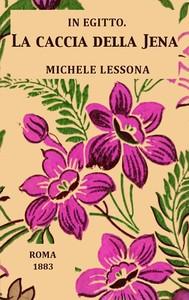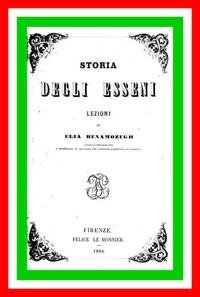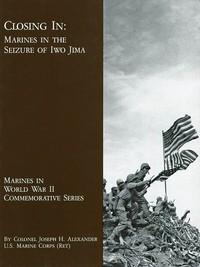Read this ebook for free! No credit card needed, absolutely nothing to pay.
Words: 60388 in 21 pages
This is an ebook sharing website. You can read the uploaded ebooks for free here. No credit cards needed, nothing to pay. If you want to own a digital copy of the ebook, or want to read offline with your favorite ebook-reader, then you can choose to buy and download the ebook.
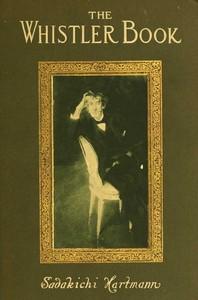

: The Whistler Book A Monograph of the Life and Position in Art of James McNeill Whistler Together with a Careful Study of His More Important Works by Hartmann Sadakichi Whistler James McNeill Illustrator - Whistler James McNeill 1834-1903; Artists United S
hed a number of pictures that since then have made history. They are all in a lighter key and of brilliant colouring. The problem he seemed to be most interested in was to reproduce in relief the charm of diversified colour patches as seen in Japanese prints.
He continued to see things in this way until he made a trip to South America in 1866. Feeling, perhaps, slightly discouraged, or in need of some recreation, he and his brother set out for Chili, under the pretence of joining the insurgents ? la Poe and Byron, although I hardly believe that a man of thirty-two really capable of such a wild goose chase. At all events, when they reached Valparaiso the rebellion had ceased and instead of handling a musket "our Jimmie" opened his paint box instead.
The result was startling. Impressed by the new sights of southern scenery, and in particular of the translucency and subdued brilliancy of the sky at night, he painted one of his finest nocturnes, the "Valparaiso Harbour," now at the National Gallery of Art. The darkness of night to a large extent bars colour, and furnishes a kind of tonal veil over all objects; but in southern countries the nights are clearer and brighter and, although forms and colours are indistinct, they remain more plainly discernible than in the blackness of our Northern nights.
After his return to London he worked hard at solving the problem of creating tone which would suggest atmosphere with as little subject matter as possible. Four years passed before he held the first exhibition of a "Variation" and "Harmony." He now began to feel his own strength. He felt that he had done something new and had the courage to coin his own titles. The method of classifying his pictures as Harmonies and Symphonies, Arrangements, Nocturnes, Notes, and Caprices, was entirely his own invention and in his earlier career did much to attract attention to his work. One year later, in 1872, exhibiting several symphonies, he included for the first time an impression of night under the title of "Nocturne." The years 1870-77 were probably the busiest and the most important ones of his whole career. They produced not only the "Nocturne," but also the "Peacock Room" and the painting which is generally conceded to be his masterpiece, the "Portrait of the Artist's Mother."
Success and fame at last knocked at his door. Mr. F. R. Leyland, the rich ship-owner of Liverpool, proved a generous patron. Between 1872 and 1874 he ordered portraits of himself, Mrs. Leyland and the four children. Whistler made long visits at Speke Hall, Leyland's home near Liverpool. His paintings began to sell more readily than heretofore and several orders for interior decoration had come in, among them the decoration of the music room of the famous violinist Sarasate's home in Paris. He was willing to work at anything as long as he could carry out his own ideas. He invented schemes for interior decoration and also once tried himself as an illustrator, when he made exquisite drawings of the vases, plates, cups of blue and white Nankin for the catalogue of Sir H. Thompson's collection of porcelain.
After leaving 7 Linsey Row, during the years 1866-1878, Whistler lived in several other houses situated in the Chelsea district, for like so many of us that have got used to a certain part of the city, he could never get away from it. The most pretentious of these abodes was the "White House" which became one of the centres of attraction in the art life of London.
His neighbours added to the lustre of this period. In the same district at that time lived Rossetti, Swinburne, George Meredith and Carlyle, and Whistler was on friendly footing with all of them.
Exhibitions of his work were now a regular occurrence. In 1874 he held his first "one man's show" of thirteen paintings and fifty prints at number 48 Pall Mall, London. In 1877 he arranged an exhibition in the Grosvenor Gallery. Among the exhibits were "The Falling Rocket" which brought about the Ruskin attacks, and consequently the famous libel suit, Whistler v. Ruskin. One can hardly imagine, to-day, why the picture should have created so much commotion; but it was a decided innovation at that time, an event in a way ushering in a new era of art. Now this particular style of representation has any number of disciples, and we have accepted it as one of the principal assertions of modern art.
Strange, that history always repeats itself. We should know by this time that our tastes and the tastes of time are not absolute, and that our sense of beauty is likely to be affected by circumstances to an extent which we cannot realize. There was a time, and not so long ago, when Gothic buildings were regarded by the man of culture much as dandelions are regarded by the gardener. For years the very name Nocturne was a reproach. It was supposed to be the product of idiosyncrasy and nonchalant audacity, the work of a decadent period in art, which, because it was decadent, could not be good, for everything that looked like a Whistler was regarded as a note of decadence. It was an argument in a circle, no doubt; but such arguments seem most convincing when once a prejudice exists in the art world. Only gradually did people begin to see more than cleverness in his products.
Oscar Wilde was a constant friend of Whistler's at this time. The friendship was still young and, for a while, the two were inseparable. The author of "Dorian Gray" spent hours in Whistler's studio, came repeatedly to the Sunday breakfasts, and presided at Whistler's private views. Whistler went out and about with him everywhere. But Whistler gradually came to feel that Wilde, in spite of his brilliancy and wit, lacked fundamental purpose. Wilde talked constantly about art, but, in the end, Whistler concluded that Wilde, like most modern authors, knew very little about it.
The days of the Renaissance, of versatility, of talent and appreciation seem to have passed. Whistler easily tired of his friends and, although this friendship had lasted for years, he finally dropped Wilde without much ado. A critic of "The London Times" has summed up the difference between the two in the following words:
"With a mind not a jot less keen than Whistler's, Oscar Wilde had none of the convictions, the high faith for which Whistler found it worth while to defy the crowd. Wilde had posed to attract the crowd. And the difference was this, that, while Whistler was a prophet who liked to play Pierrot, Wilde grew into Pierrot who liked to play the prophet."
Free books android app tbrJar TBR JAR Read Free books online gutenberg
More posts by @FreeBooks
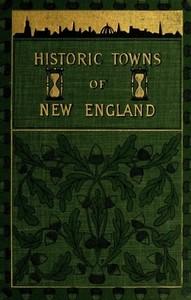

: In Egitto: La caccia della jena by Lessona Michele - Lessona Michele 1823-1894 Travel Egypt IT Viaggi
